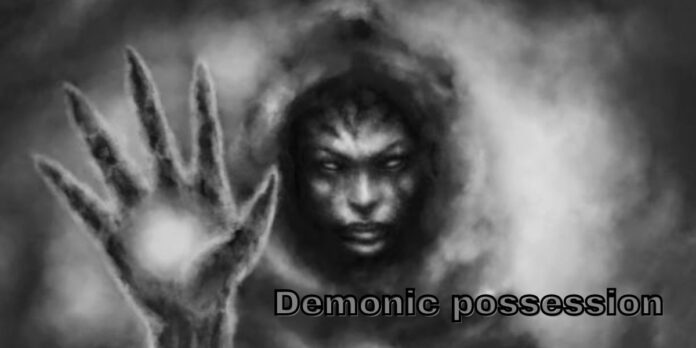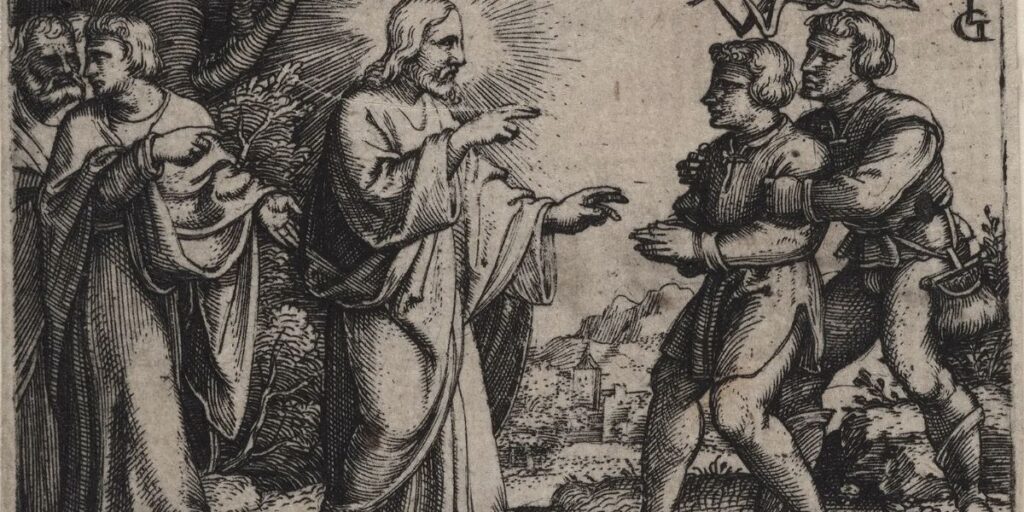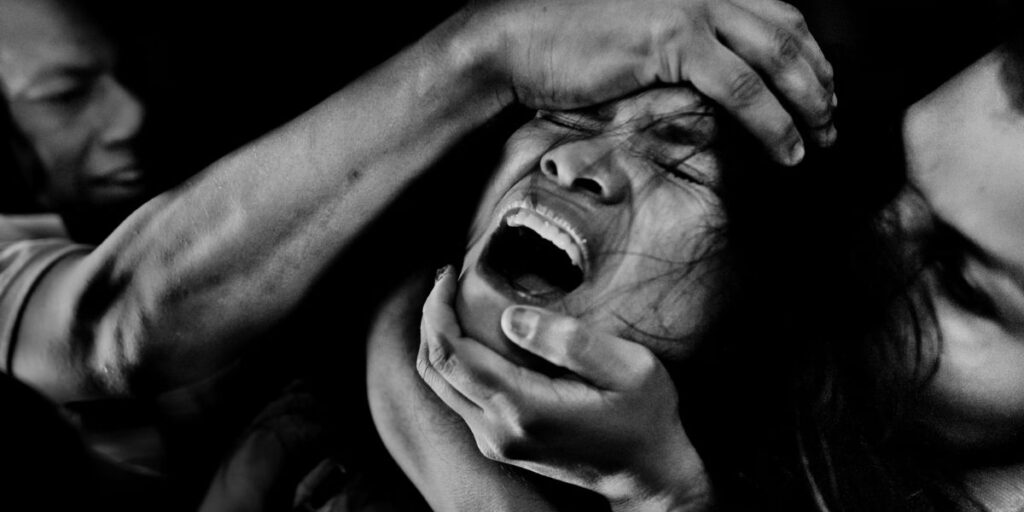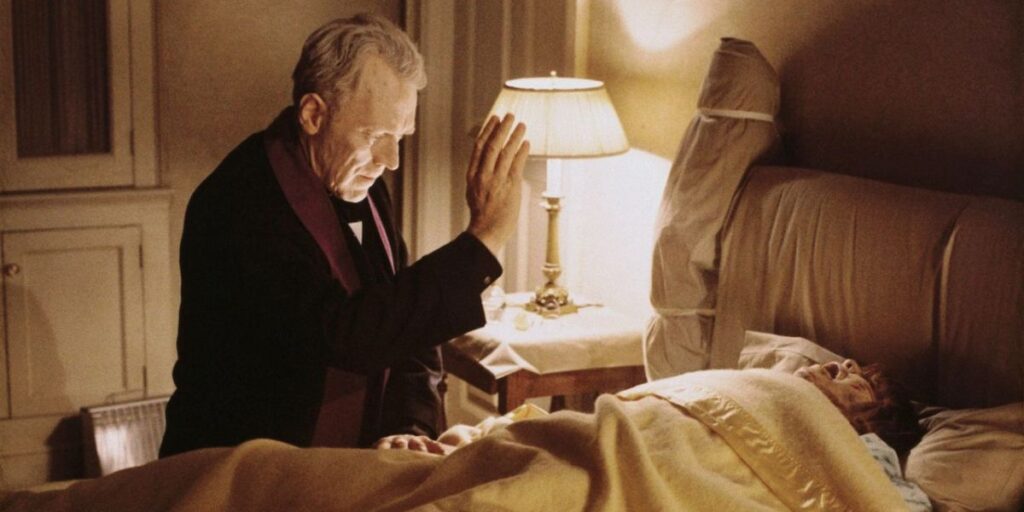Demonic possession is one of the most controversial and mystifying topics in human history, frequently depicted in folklore, religious doctrines, and modern media. From ancient texts to contemporary horror films, the concept of a malevolent spirit invading a human body has fascinated and terrified people for centuries. Whether seen as a genuine supernatural phenomenon or a reflection of psychological and societal fears, the notion of demonic possession opens a complex dialogue about the intersection of spirituality, mental health, and cultural beliefs.
Historical Roots of Demonic Possession
The concept of demonic possession is ancient, with references found in many early religious and spiritual texts. In the Bible, demonic possession is discussed numerous times, particularly in the New Testament. Jesus is described as casting out demons from afflicted individuals, symbolizing his divine power over evil forces. Similarly, ancient Mesopotamian, Egyptian, and Greek cultures attributed certain illnesses, abnormal behavior, or mental disturbances to the influence of evil spirits. In these societies, priests or shamans would perform rituals or exorcisms to rid the person of the malevolent entity.
Religions like Christianity, Islam, and Hinduism, as well as indigenous belief systems, have variations of possession stories. For instance, in Christianity, the figure of Satan or lesser demons is often responsible for possession. While in other spiritual systems, malevolent ghosts or trickster spirits might be the culprits. The pervasive presence of these narratives suggests a deep-seated human fear of losing control over one’s mind and body. Giving rise to the belief that external, supernatural forces could be at play.
Symptoms and Signs of Possession
In the lore surrounding demonic possession, there are several common signs believed to indicate an individual is under the control of an evil force. These include violent outbursts, speaking in tongues, or unknown languages. Knowledge of hidden or future events, extreme aversion to religious symbols, and superhuman strength. Many religious and spiritual traditions have established a set of criteria for diagnosing possession. Catholicism, for example, offers a detailed framework that priests follow during exorcisms.
However, these symptoms often overlap with medical conditions such as schizophrenia, epilepsy, dissociative identity disorder (DID), or even Tourette’s syndrome. Historically, individuals displaying these behaviors were often misdiagnosed as being possessed, especially in times or places where mental health understanding was minimal. Consequently, exorcisms were sometimes used instead of medical treatment. Further complicating the already blurred lines between spiritual beliefs and scientific explanations.
Exorcism: Rituals to Cast Out Evil
Exorcism is the practice of expelling demons from a possessed individual, and it is a ritual present in many religions. The Catholic Church is perhaps the most well-known for its exorcism rites. Made famous by cases such as the 1949 exorcism of a boy in Maryland, which inspired the novel and film The Exorcist. During these rituals, priests use prayers, holy water, religious symbols, and commands in the name of Jesus Christ to drive out the demons.
Islam also recognizes possession by jinn (supernatural beings) and has a ritual for expelling them, involving prayers from the Quran and recitations of specific verses known for their protective qualities. Similarly, other cultures have their versions of spirit-cleansing ceremonies. In West African traditions, for example, possession is not always seen as evil but as a spiritual experience in which an individual is temporarily inhabited by a deity or ancestor, a state that can be reversed.
Psychological Explanations of Possession
Many psychologists and scientists argue that what ancient cultures interpreted as possession could be mental illness. Conditions such as psychosis, dissociative disorders, and other mental health issues often include symptoms that mirror those attributed to possession. For example, people with dissociative identity disorder (DID) may exhibit multiple personalities or behaviors that seem alien to their core identity. Which might have been considered possession in earlier times.
Another theory suggests that possession can be a form of cultural expression of psychological distress. In societies with strong spiritual or religious beliefs, individuals may manifest symptoms of possession as a way to express inner turmoil, trauma, or even rebellion against societal norms. Some anthropologists have noted that in certain communities, possession can serve as a social role. Providing an outlet for individuals, particularly women, to express grievances or challenge authority in a way that would otherwise be forbidden.
Media Influence and Modern Fascination
In the modern age, films, and books have played a significant role in shaping how people perceive demonic possession. The success of movies like The Exorcist (1973), and The Conjuring series. And countless others have cemented a terrifying image of possession in the collective consciousness. These portrayals often exaggerate and dramatize the events, leaning heavily on graphic depictions of violence, levitation, and disturbing physical transformations. While these narratives are entertaining, they also perpetuate stereotypes and misconceptions about mental illness and spiritual practices.
However, the global interest in demonic possession is not limited to horror entertainment. Reports of possession and exorcisms continue to surface in real life, often in deeply religious communities. The Catholic Church, for instance, has reported an increase in demand for exorcists in recent years. Likely fueled by both cultural fascination and the persistence of traditional beliefs in a world that is becoming increasingly secular and skeptical.
Conclusion:
Demonic possession straddles the line between myth and reality. For many, it remains a terrifying supernatural event that requires spiritual intervention. For others, it is a phenomenon better explained through psychology and science. Regardless of one’s beliefs, the enduring fascination with possession reveals much about human nature. Our fears, and the way we explain what we cannot easily understand. Whether viewed through the lens of religion, culture, or mental health. The concept of demonic possession will likely continue to captivate and mystify for generations to come.





